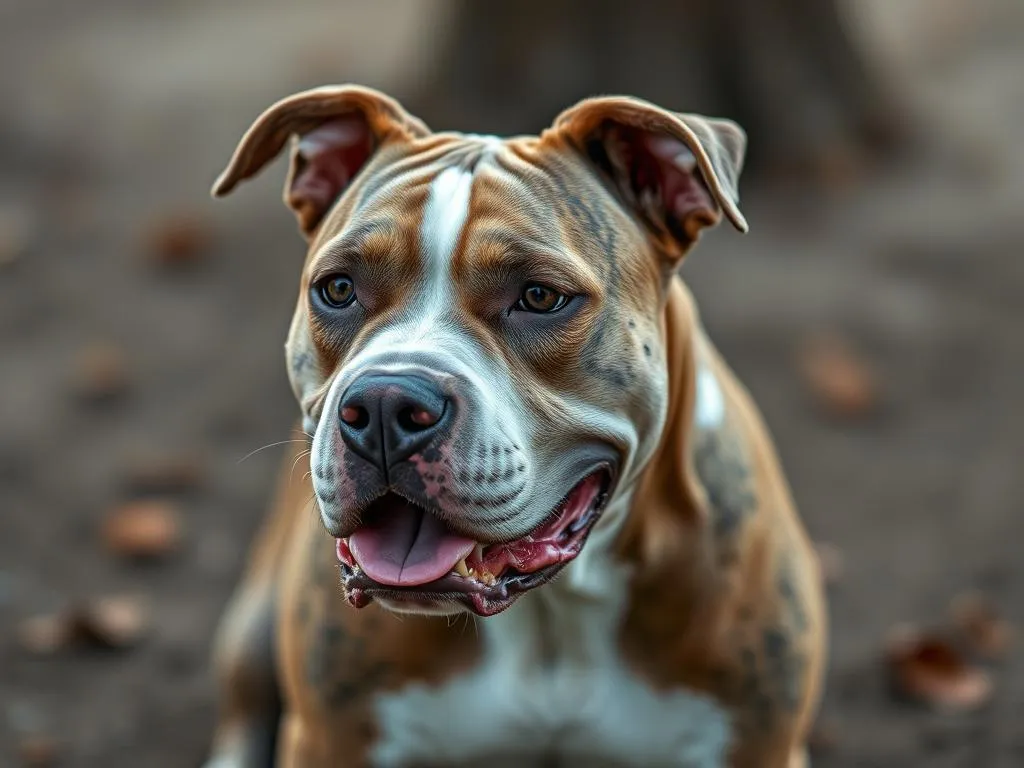
Understanding the history and purpose of dog breeds is crucial for appreciating the unique characteristics and roles they play in our lives. Among these breeds, Pit Bulls often raise questions and controversies, particularly regarding their origins and intended purposes. So, what were Pit Bulls bred for? This exploration will uncover their historical background, physical and behavioral traits, and the current state of this beloved breed.
Understanding Dog Breeds
Definition of Dog Breeds
Dog breeds are specific groups of domestic dogs with distinct characteristics, such as appearance, behavior, and temperament, shaped by selective breeding practices. Breeds are categorized into various groups based on their primary functions, including working, herding, sporting, hounds, terriers, and toy breeds. Each category highlights the intended purpose that influenced the breed’s development.
The Importance of Breeding History
The breeding history of dogs significantly affects their temperament, behavior, and physical characteristics. Understanding these elements is essential for dog owners and enthusiasts. Historical breeding often reflects the relationship between humans and dogs, shaping not only their roles in society but also how they interact with us. In the case of Pit Bulls, their breeding history reveals much about their initial purposes and how they have evolved over time.
The History of Pit Bulls
Origins of the Pit Bull
The Pit Bull is not a singular breed but rather a category that includes several breeds, such as the American Pit Bull Terrier and the American Staffordshire Terrier. Their origins can be traced back to ancient England, where they were bred from the Bull Terrier and Old English Bulldog. These early breeds were selected for their strength, agility, and tenacity.
Historically, Pit Bulls were used for various roles in both England and the United States, especially during the 19th century. They were valued for their utility in farming and later became popular in the world of sports and entertainment.
Purpose of Breeding Pit Bulls
The original purposes for breeding Pit Bulls can be categorized into two main areas: farming roles and sports/entertainment.
-
Farming Roles: Initially, Pit Bulls were bred to assist farmers in tasks such as cattle driving, hog catching, and protecting farmsteads. Their strength and agility made them excellent working dogs on farms, capable of handling livestock and guarding property.
-
Sports and Entertainment: In addition to their farming roles, Pit Bulls were also used in cruel blood sports like bull-baiting and dog fighting. These activities showcased their strength and fighting abilities, leading to their reputation as aggressive dogs. This dark chapter in their history has contributed significantly to the misconceptions we see today.
The focus on these roles has influenced the physical and behavioral traits of Pit Bulls, shaping them into the dogs we recognize today.
Characteristics of Pit Bulls
Physical Traits
Pit Bulls are medium-sized dogs known for their muscular build and athletic appearance. Typical physical attributes include:
- Size: Generally weighing between 30 to 85 pounds, depending on the specific breed.
- Coat: Short, smooth coats that come in various colors and patterns, including brindle, fawn, and black.
- Head Structure: A broad, strong head with a pronounced jaw, which contributes to their powerful bite.
Compared to other breeds, Pit Bulls have a unique combination of strength and agility, making them versatile in various roles, from working dogs to companions.
Temperament
Despite their reputation, Pit Bulls are known for their loyalty, intelligence, and energy. Their temperament can be characterized by:
- Loyalty: Often forming strong bonds with their families, Pit Bulls are highly devoted companions.
- Intelligence: They are quick learners and respond well to training, although they can be stubborn at times.
- Energy Level: These dogs are active and require regular exercise to maintain their physical and mental health.
Socialization and training play a crucial role in shaping the behavior of Pit Bulls. Properly socialized and trained Pit Bulls can be excellent family pets, dispelling the myths surrounding their temperament.
Common Misconceptions About Pit Bulls
Myths vs. Facts
Misunderstandings about Pit Bulls abound, often leading to fear and prejudice. Here are some common myths and the facts that counter them:
- Myth: Pit Bulls are inherently aggressive.
-
Fact: Aggression is not a breed-specific trait but rather a result of poor socialization, training, and treatment. Many Pit Bulls are friendly and gentle when properly raised.
-
Myth: Pit Bulls cannot be trained.
- Fact: With consistency and positive reinforcement, Pit Bulls can be trained effectively, boasting intelligence and eagerness to please.
The Impact of Media and Legislation
Media portrayal significantly impacts public perception of Pit Bulls. Sensationalized stories often focus on negative incidents involving the breed, perpetuating a fear-based narrative. This has led to breed-specific legislation (BSL) in many areas, which restricts or bans the ownership of Pit Bulls. Such laws often fail to address the root causes of dog aggression and overlook the importance of responsible ownership and training.
Responsible Ownership of Pit Bulls
Choosing the Right Pit Bull
For those considering adding a Pit Bull to their family, choosing the right dog is crucial. Here are some tips:
- Adoption vs. Breeder: Consider adopting a Pit Bull from a shelter, as many are in need of loving homes. If choosing a breeder, ensure they are reputable and prioritize health and temperament over appearance.
- Lifestyle Compatibility: Evaluate your lifestyle and activity level. Pit Bulls thrive in active households where they receive plenty of exercise and mental stimulation.
Training and Socialization
Training and socialization are vital for ensuring a well-adjusted Pit Bull. Here are some recommendations:
- Early Socialization: Introduce your Pit Bull to various environments, people, and other pets from a young age to help them develop into well-rounded adults.
- Positive Reinforcement: Use positive reinforcement training methods to encourage good behavior, making training a rewarding experience for both you and your dog.
Health Considerations
Like all breeds, Pit Bulls are prone to certain health issues. Common concerns include hip dysplasia, skin allergies, and heart disease. Regular veterinary check-ups and preventive care are essential to maintain their health.
The Role of Pit Bulls Today
Modern Uses of Pit Bulls
Today, Pit Bulls are increasingly recognized for their positive qualities. They are often used as therapy dogs and service animals, demonstrating their intelligence and adaptability. Many families have embraced Pit Bulls as loving companions, contributing to a growing acceptance of the breed.
Advocacy and Rescue Efforts
Numerous organizations work tirelessly to advocate for and rescue Pit Bulls. These efforts aim to rehabilitate the breed’s image and promote responsible ownership. Notable organizations focus on educating the public, providing resources for training, and facilitating adoptions, helping to change the narrative surrounding Pit Bulls.
Conclusion
Understanding what were Pit Bulls bred for sheds light on their unique characteristics and challenges. From their origins as working dogs on farms to their roles in the modern world, Pit Bulls have much to offer as loyal companions. By promoting responsible ownership and fostering awareness about the true nature of this breed, we can help dispel myths and embrace these remarkable dogs.









